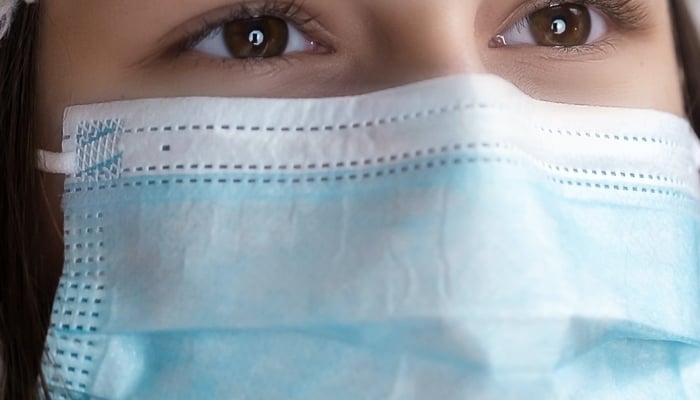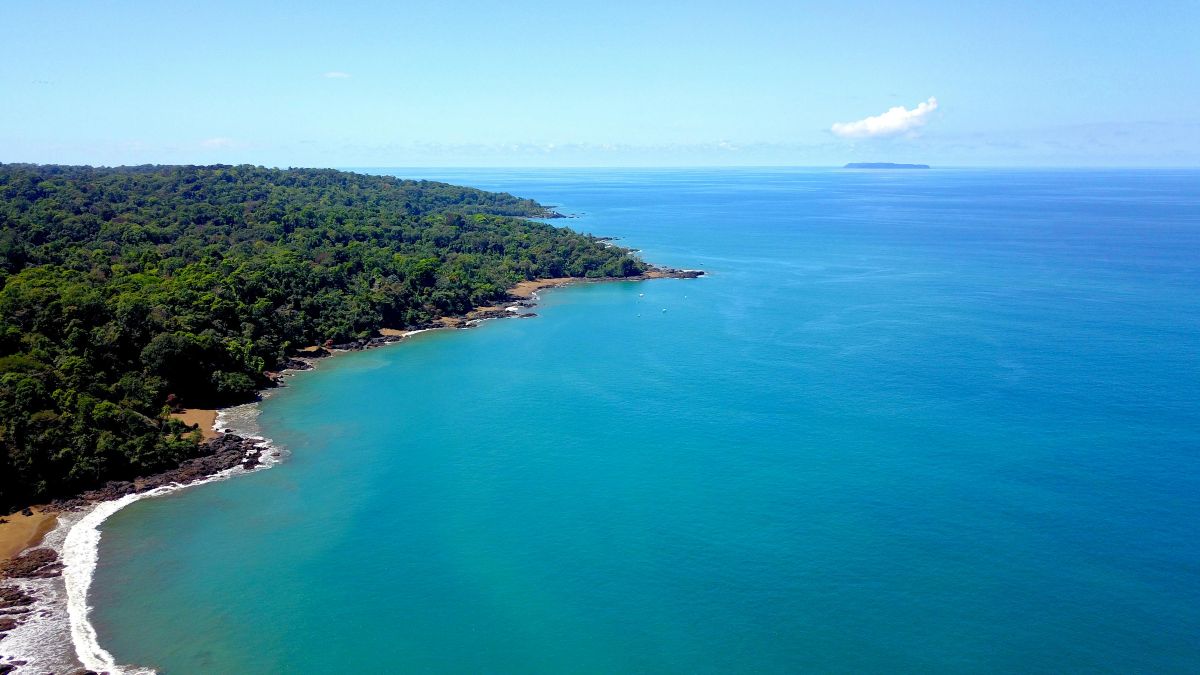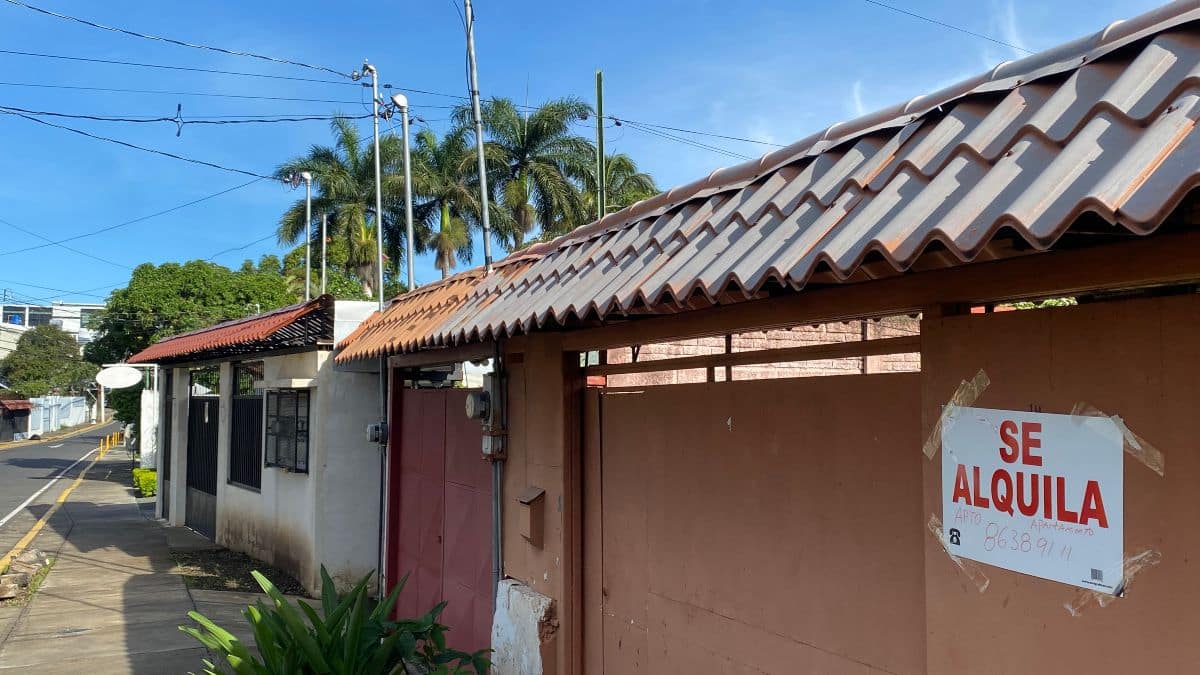As Costa Rica’s COVID R-rates slow down and vaccination news bolsters world markets, we ask if we’re on the final stretch of this pandemic?
We called it at the end of October when we posted an article asking if Costa Rica was turning a corner with COVID.
At the time, we got a bunch of messages telling us how we were talking too soon and being overly-optimistic. But almost two weeks later, Costa Rica’s COVID rates are still on the slide.
I mean, in a small country like Costa Rica, where testing is still nowhere near the levels it should be, the virus doesn’t really have many places left to go. Most of the people who would get real sick or worse from this thing have already done so.
Is that an expert opinion? No. But it’s not an ignorant opinion either, not to anyone but the most fearful COVID-worriers and pro-lockdowners. It’s a pragmatic opinion. A logical opinion.
Is Costa Rica Turning a Corner with COVID? They all said Costa Rica would peak in Sept/Oct. Looks like they were right…#costarica https://t.co/eGK9PrNJEq
— CentralAmericaLiving (@VidaAmerica) October 28, 2020
Consider the Tico Times, for example.
Everytime the Tico Times publishes a COVID update, it say this:
“The World Health Organization recommends testing enough to keep the positivity rate under 5%; Costa Rica’s high test-positivity rate suggests it’s missing milder or asymptomatic cases, allowing the coronavirus to continue to spread.”
In short, Costa Rica doesn’t test enough to get a real handle on how many people have (or had) this thing. It’s never tested enough because it doesn’t have the resources to do so.
And yet, even with the open assumption that Costa Rica’s “missing milder or asymptomatic cases,” COVID seems to be running out of steam.
The R-rate is below zero in much of Costa Rica and has been so since the middle of September (for the most part).
This in a country that never imposed a true lockdown and has been in the process of reopening since August. Anyone who thinks Costa Rica had a real lockdown should ask someone in Panama, Honduras, or Guatemala about that.
I have no doubt mask-wearing, hand-washing, and social distancing plays a part, but it’s not the whole story. Masks come off in restaurants and bars, after all, and they’ve been open for ages now. It’s far more likely we’ve developed some sort of, whisper it, herd immunity in this tiny country.
We have no idea how many people have had COVID and never knew it. But as the Tico Times implies every day, it’s a lot. And despite that, the R-rate has dropped and hospitalizations are down.
As we said on October 28, it looks like they were right about the projected September/October peak for COVID in Costa Rica.
And as we move into better weather going forward, things will continue improving.
So does this mean we can rip our masks off and start going to raves again? Can we go to gigs and let off steam in the mosh pit anytime soon?
Well, no. That’s probably not such a good idea yet. We should continue social distancing and wearing masks in supermarkets without doubt. But we can also stop panicking so much about this thing, right?
We can start embracing the opening up of Costa Rica to tourism, and the economic activity that brings. It’s definitely time to get behind that, and other ways of getting people back to work.
Let’s fully open up public parks and open spaces for a start. They announced they would do this, but many remain closed. And let’s drop the driving restrictions. Oh, and reopen the schools.
There’s also big news today of a vaccine.
According to, well, every news source on earth, the Pfizer/BioNTech vaccine is just about as close to good to go as it can be.
Over 43,000 people have been tested with this vaccine without incident. Preliminary reports show the Pfizer/BioNTech vaccine is 90% successful in preventing COVID-19.
Costa Rica is set to receive enough doses of this vaccine to inoculate some 1,500,000 people. That works out at over 20% of the country. The way things are going, Costa Rica may not even need so many doses, but it’ll be a great thing to have.
It’s certainly prudent to ensure all over-70s get the vaccine plus healthcare workers. The chances of that happening in early 2021 have improved immeasurably.
Pfizer y BioNTech anuncian que su vacuna contra la COVID-19 tiene una efectividad del 90%; Costa Rica tiene un contrato con ambas empresas para comprar dosis para 1.5 millones de personas https://t.co/2SNqvPf3bN
— Delfino.CR (@delfinocrc) November 9, 2020
So let’s take a moment to be positive.
It’s been a terrible year, for sure. But we’re on the right side of this virus in Costa Rica, and elsewhere in Central America.
The rainy season’s petering out and better weather’s on the way. We’ll be outside more, in the fresh air and sunshine, soaking up that vital vitamin D. Which is about the best thing anyone can do to avoid getting the virus. And by the time the rains roll around again, the world will have broadly beaten COVID-19.
I’m optimistic.
We need to stop living in fear and start living again.
James Dyde is the editor of www.centralamerica.com. He lives in Escazu, Costa Rica.




